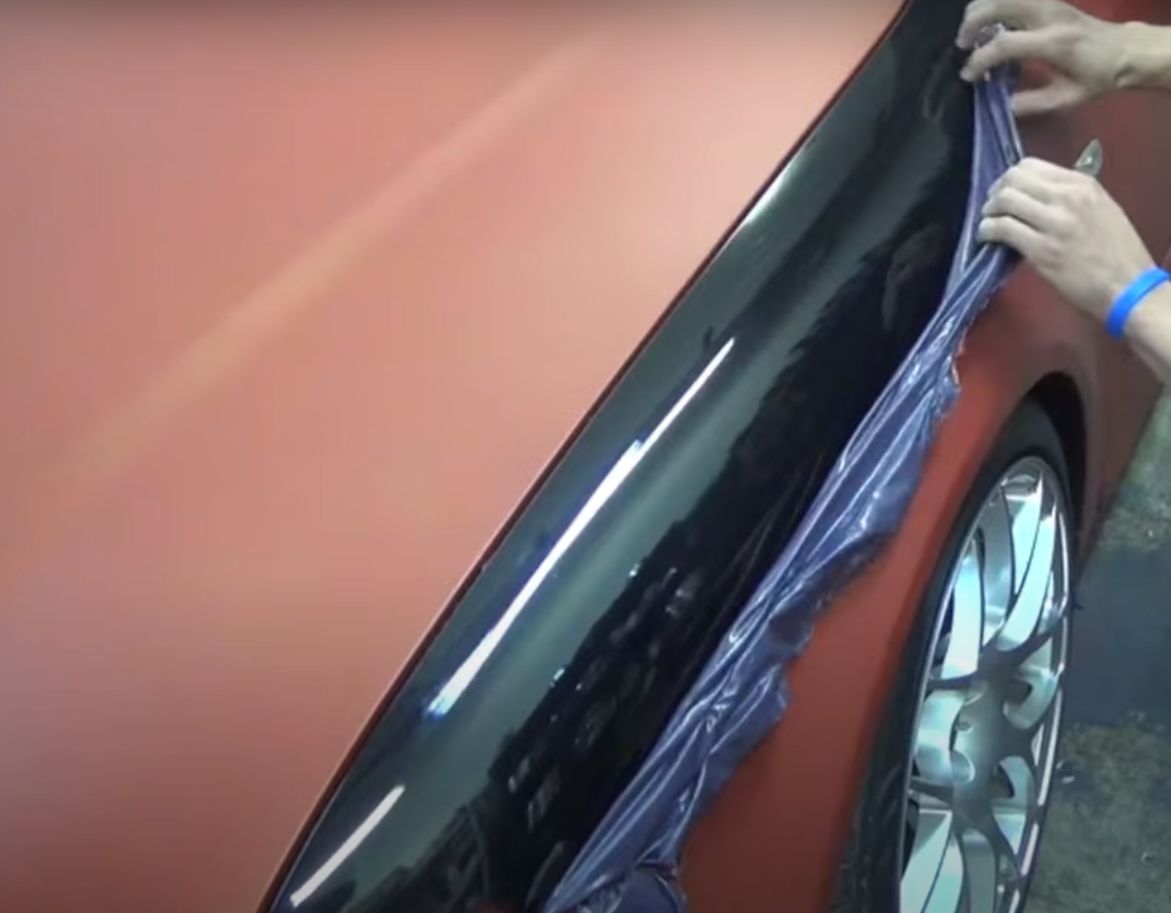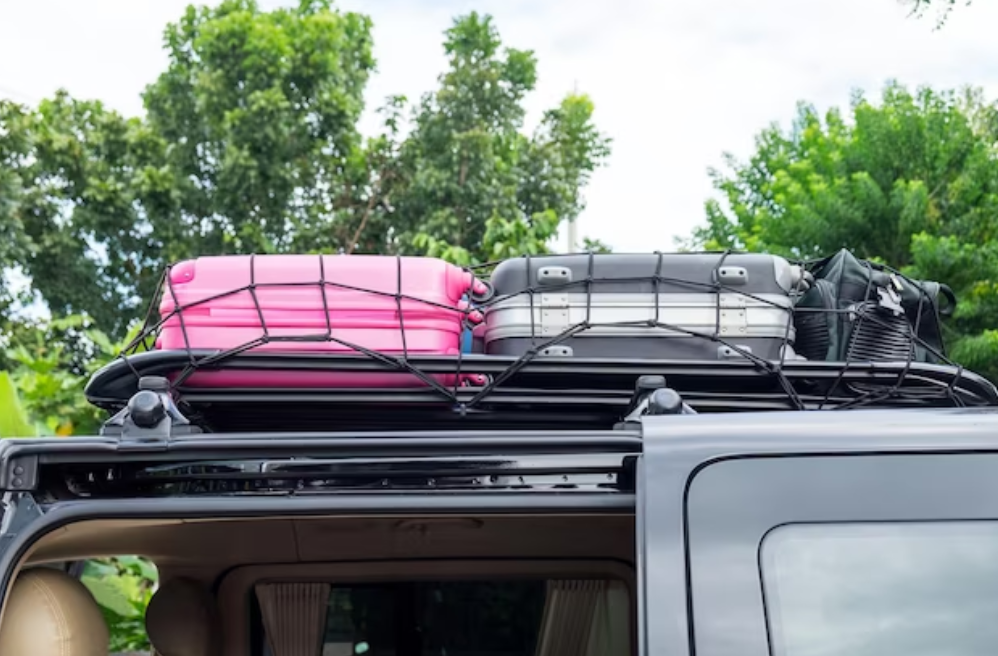How to Replace Brake Pads
Replacing your car's brake pads is a critical aspect of routine vehicle maintenance. It’s one of those things that few drivers are comfortable taking on themselves, but it can potentially save you a lot of money in repairs down the road. While it's advisable to consult a reliable mechanic for crucial repair tasks, for those inclined to handle it independently, understanding the fundamental steps is essential for a safe and accurate execution. In this article, we'll delve into the process of replacing brake pads in the comfort of your own home, emphasizing the importance of safety and precision to prevent harm to both you and your vehicle.
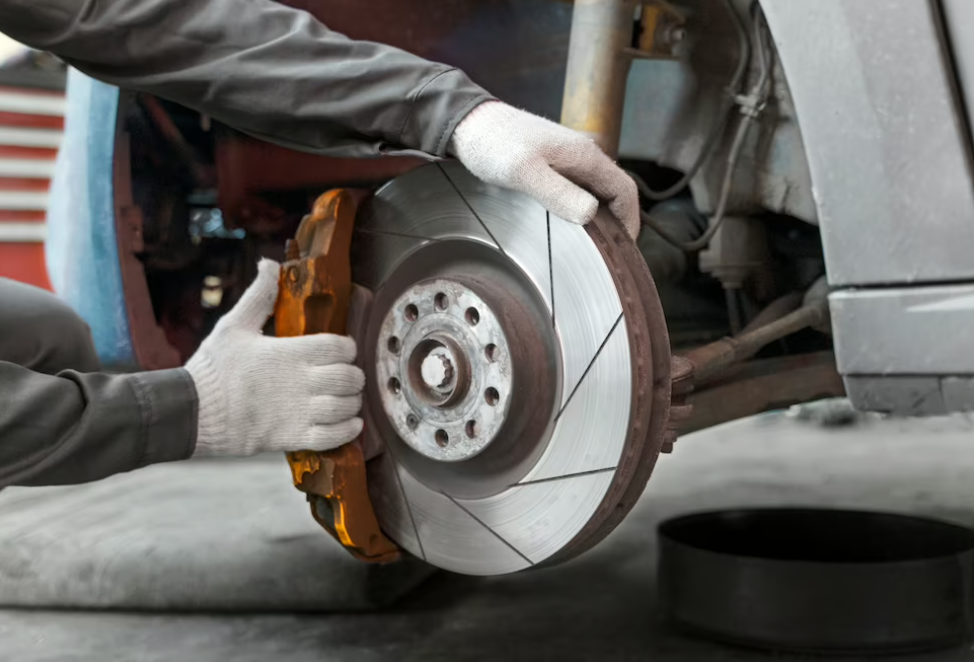
Why is Replace Brake Pads is Important?
Replacing brake pads is of paramount importance for vehicle safety and overall performance. Brake pads are a fundamental part of the braking system, responsible for creating the necessary friction to stop your vehicle. Over time, these pads wear down, compromising your car's ability to stop effectively and increasing the risk of accidents.
Beyond safety concerns, neglecting brake pad replacement can lead to brake fade, potential damage to expensive components like rotors, and legal repercussions in some areas. By regularly replacing brake pads, you not only ensure your safety but also maintain smoother, quieter, and more responsive braking, all while saving money in the long run.

Tools and Materials:
- New brake pads
- Jack and jack stands
- Lug wrench or socket set
- C-clamp or brake caliper tool
- Brake fluid (if needed)
- Wrench or ratchet set
- Bungee cord or wire
- Brake cleaner
- Wheel chocks
- Penetrating oil
Step 1: Preparation
- Position your vehicle on a even, horizontal surface and activate the parking brake.
- Loosen the lug nuts on the wheel of the brake pads you'll be replacing (usually two per wheel) but do not remove them yet.
Step 2: Jack Up the Vehicle
- Use the jack to lift the vehicle off the ground, and make sure it's secure on jack stands.
- Place wheel chocks behind the wheels that are not lifted.
Step 3: Remove the Wheel
- Fully remove the loosened lug nuts and take off the wheel to access the brake assembly.
Step 4: Locate the Brake Caliper
- The brake caliper is the part that holds the brake pads. It's usually held in place by two bolts.
Step 5: Remove the Caliper Bolts
- Utilize a wrench or ratchet to loosen and remove the bolts fastening the caliper to the bracket. These bolts may have protective caps or rubber boots.
Step 6: Secure the Caliper
- After removing the caliper, support it using a bungee cord or wire to prevent it from hanging by the brake line.
Step 7: Remove Old Brake Pads
- Slide the old brake pads out of the caliper bracket.
Step 8: Compress the Caliper Piston
- If the caliper piston is too tight to fit new pads, you may need to compress it using a C-clamp or a brake caliper tool.
Step 9: Clean the Caliper Bracket
- Use a brake cleaner to remove dirt and residue from the caliper bracket.
Step 10: Install New Brake Pads
- Slide the new brake pads into the caliper bracket.
Step 11: Reattach the Caliper
- Carefully remove the bungee cord or wire and slide the caliper back onto the bracket.
- Tighten the caliper bolts to the manufacturer's recommended torque specifications.
Step 12: Put the Wheel Back On
- Place the wheel back onto the wheel hub and hand-tighten the lug nuts.
Step 13: Lower the Vehicle
- Carefully lower the vehicle using the jack and remove the jack stands.
Step 14: Tighten the Lug Nuts
- Use a lug wrench or socket set to securely tighten the lug nuts in a crisscross pattern.
Step 15: Test the Brakes
- Prior to driving, lightly apply the brake pedal several times to ensure proper seating of the brake pads.
- Then, drive the vehicle at a cautious pace in a safe area to assess the braking system.
Step 16: Repeat for the Other Side
- Repeat these steps for the other side of the vehicle if you are replacing brake pads on both sides.
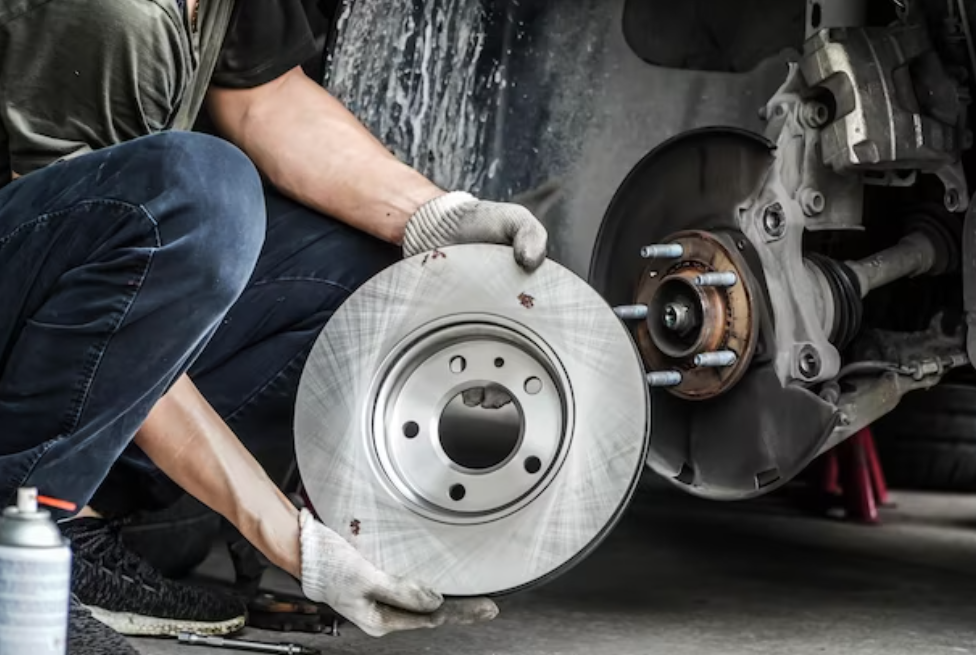
Proper brake pad maintenance is vital for vehicle safety and performance. Regularly inspecting brake pads for wear, listening for unusual brake noises, and checking brake fluid levels are essential steps to ensure your brakes are in top condition. Avoiding aggressive driving, using engine braking when possible, maintaining proper tire pressure, and avoiding overloading the vehicle all contribute to extending the life of your brake pads.
Professional inspections, periodic brake fluid replacements, and the use of high-quality brake pads are also crucial. Remember to follow the manufacturer's recommendations for break-in when installing new brake pads. Keeping your brakes in excellent shape not only enhances safety but also helps prevent costly repairs in the future.
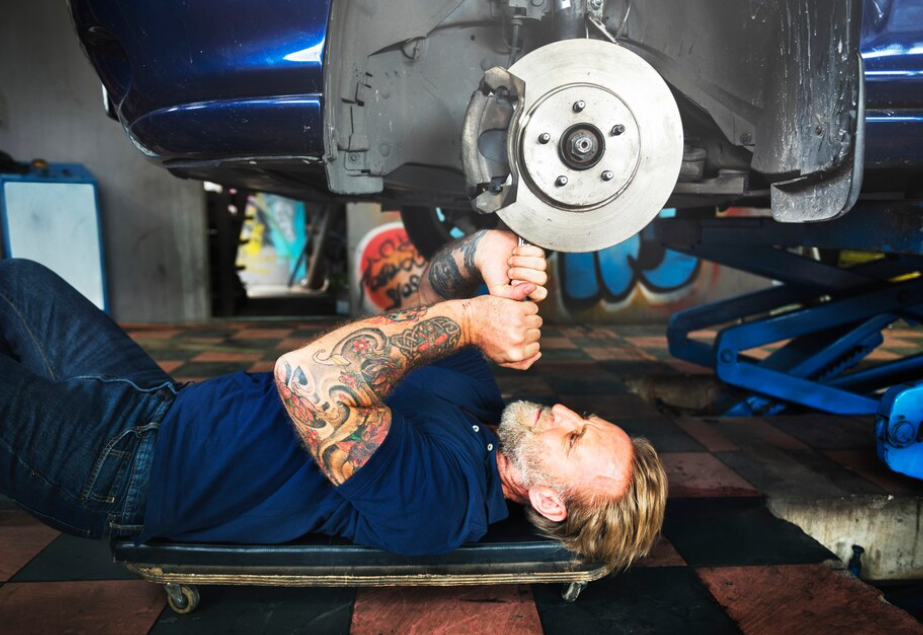
-
Should I also replace the brake rotors when changing brake pads?
Whether you need to replace the brake rotors depends on their condition. If the rotors are significantly worn, scored, or damaged, it's recommended to replace or resurface them. Your mechanic can advise you on the best course of action.
-
How often should I have my brakes professionally inspected?
It's a good practice to have your brakes professionally inspected during regular maintenance services, typically every 12,000 to 15,000 miles, or as recommended by your vehicle's maintenance schedule.
Read more article here: The 10 Best Pop Socket Car Mounts


